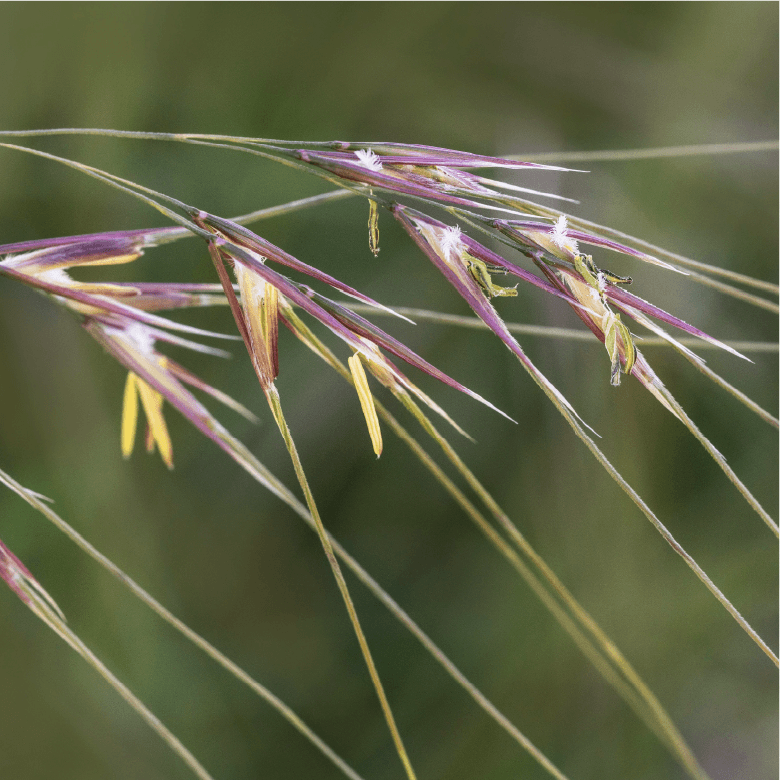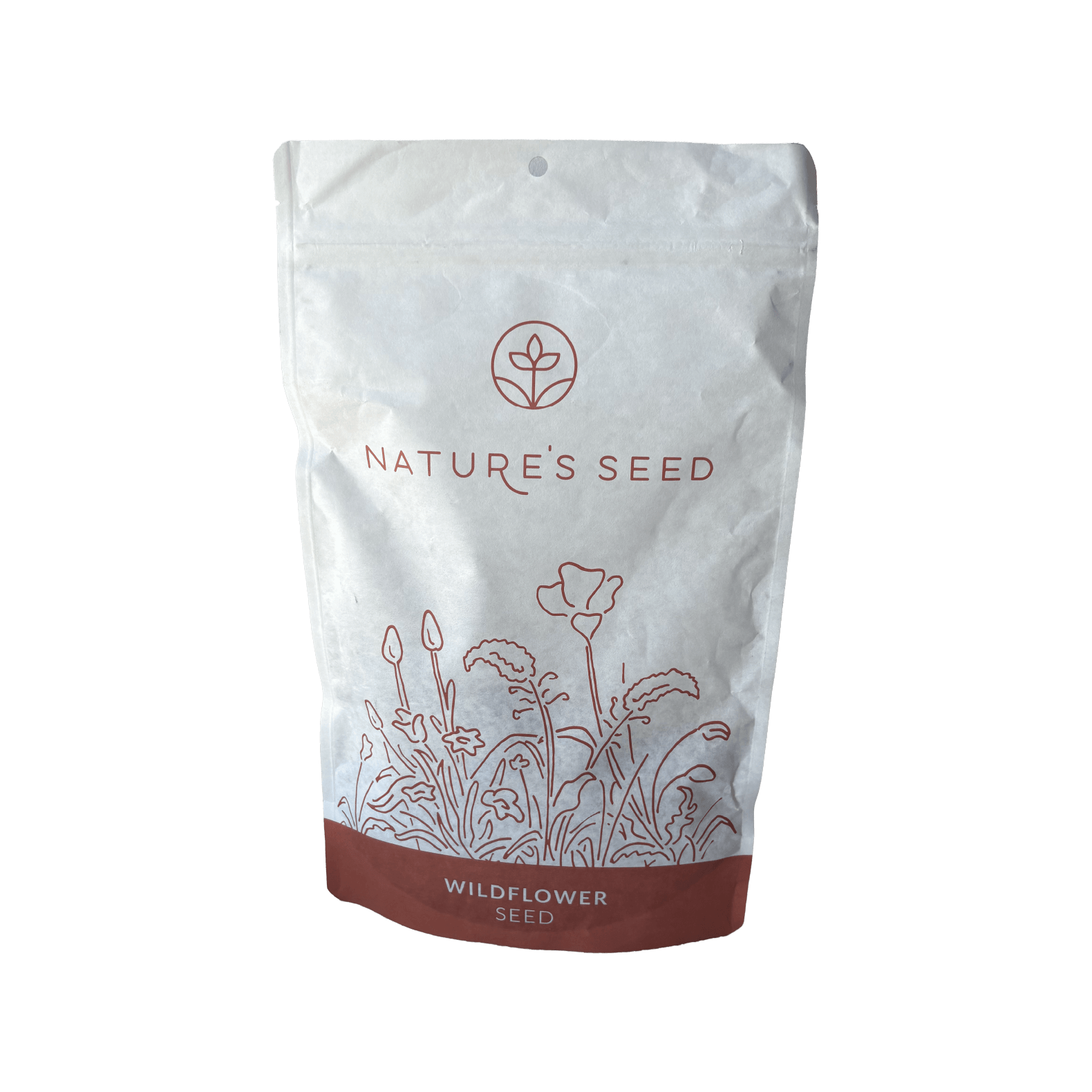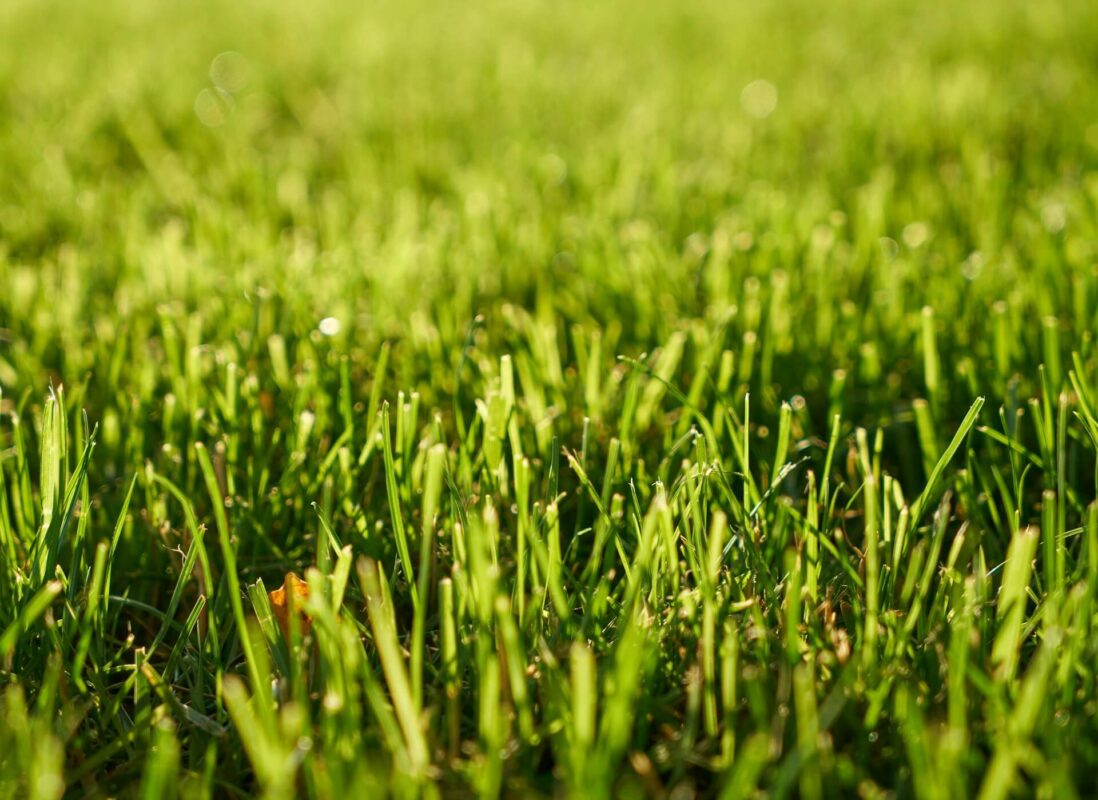
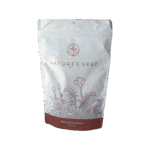
What is Purple Needlegrass?
Purple Needlegrass (Stipa pulchra), California’s state grass, is a tough perennial bunchgrass with deep roots and high ecological value. Forming graceful bunches 1–3 feet tall, it produces slender purple-tinged flowering stalks in spring. Highly drought-tolerant and long-lived, it survives hot dry summers by going dormant and regreens with fall rains. It adapts to many soils—including heavy clays and serpentine—and its extensive roots help prevent erosion. In native prairies, it provides forage in winter/spring and critical wildlife habitat. A cornerstone of California restoration projects, it’s ideal for revegetating hillsides and creating authentic low-water landscapes.
This Purple needlegrass seed was originally collected from Riverside county and grown at Las Flores Farm in Santa Barbara county.
Specifications
Sun Requirement
Full Sun to Partial Shade
Soil Preference
From sandy to heavy clay and serpentine; tolerates droughty and alkaline sites
Soil pH
Adaptable (slightly acidic to alkaline)
Time to Maturity
Perennial; reaches mature size in ~1–2 years
Height when mature
1–3 ft foliage; ~3 ft with flowering stalks
Seeding Rate
~4-6 lbs/acre drill seeded; 15–20 lbs/acre broadcast seeded
Planting Depth
1/4–1/2 inch
Purple Needlegrass
Stipa (Nassella) pulchra |
Does This Product Grow Well in Your Region?
Check your region
$8.99 – $28.89Price range: $8.99 through $28.89
Why Choose This Seed?

Superb Drought Resilience
Very deep roots access moisture and ensure survival in extreme drought.
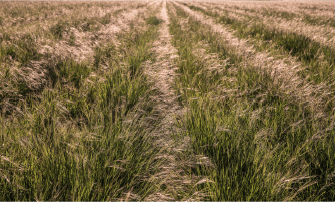
Erosion Control
Purple needlegrass has dense, deep root systems that bind soil—excellent for stabilizing slopes.
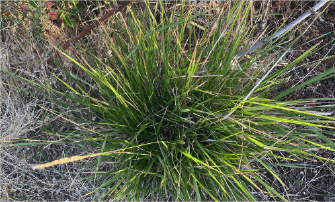
Native Habitat Value
This bunchgrass provides habitat cover and forage year after year, and is considered a foundational species in CA grasslands.
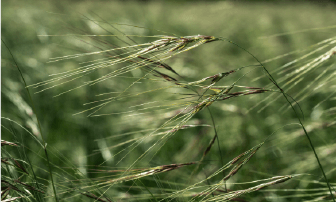
Adaptable & Hardy
Needlegrass thrives in sun/partial shade and many soil types. It is fire-tolerant and long-lived (a single plant can live more than 100 years!)
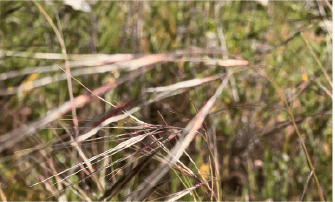
Restoration Essential
Due to its hardiness, habitat value, and carbon sequestration value, Purple Needlegrass is widely used in ecological restoration projects of many scales.
Seed Description
Product Details
Sun/Shade
Full Sun to Partial Shade
Height
1–3 ft foliage; ~3 ft with seed stalks
Seeding Rate
15–20 lbs/acre
Uses
Grassland restoration, erosion control, wildlife habitat, low-water landscaping
Color
Green foliage; purple-tinged seed heads in spring
Water
Very Low—winter rain; summer dormant
Native/Introduced
Native to California
Life Form
Perennial bunchgrass
Planting Guide
When to Start & Weed Control
Start prepping your planting area in fall, so that you are ready to seed between late September and early February, when temperatures cool and rain is on the horizon.
Weed your growing area BEFORE planting any native seeds. We recommend not only pulling visible weeds but also “flushing out” the weed seeds that are waiting in the soil. Irrigate the area and wait for weed seeds to germinate, then remove them using your method of choice. Irrigate again, wait, and perform another round of weed control. Repeat 2-3 times.
Soil Prep
Ensure your soil is as bare as possible for the maximum amount of seed-to-soil contact. If the entire area can’t be completely cleared, rake out as much dead plant material from the area as you can to create bare patches of soil for the seed to make contact with. For best results, the soil should be easily crumbled and not heavily compacted.
Seeding
It is best to seed onto slightly damp soil. If necessary, water the top 1/4 inch of soil before seeding. Scatter seed directly on the soil surface and rake gently or lightly press the seed into the soil. Do not bury the seed deeper than 1/4 inch into the soil.
Water
After planting, keep the top 1/4 inch of soil consistently moist until the seeds have germinated and the first true leaves have emerged. A good rule is to water lightly every day intul the seedlings are an inch high, then you can reduce watering to every 3 days. Skip days when it rains. Within 6 weeks after germinating, your plants should need only occasional watering. Don’t over-water your plants, especially in summer.
Questions & Answers
Is purple needle good forage?
Yes in winter/spring; avoid grazing after seeds harden due to sharp awns.
How deep are the roots?
In deep soils, recorded to 5–16 ft.
Does it reseed?
Yes; increases coverage by self-seeding into open soil.
When does it grow?
Cool-season growth; summer dormancy; flowers late spring.
How to maintain in a meadow?
Focus on weed control; mow high; avoid summer irrigation.
Why important?
Keystone native grass; erosion control; habitat; drought hardy.
Still have
questions?
Our planting experts
are here to help.
customercare@naturesseed.com
Response time:
Within 1 business day
Reviews
| Coverage Area | , , |
|---|
Related Products
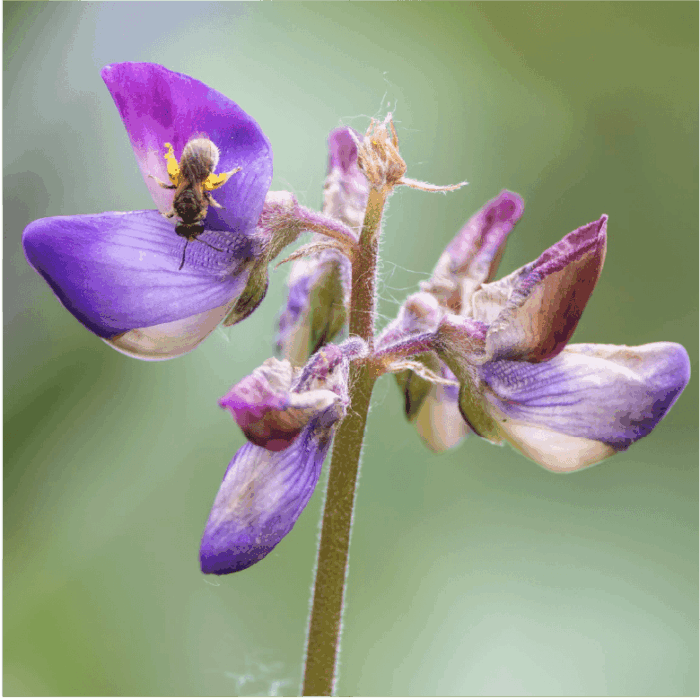
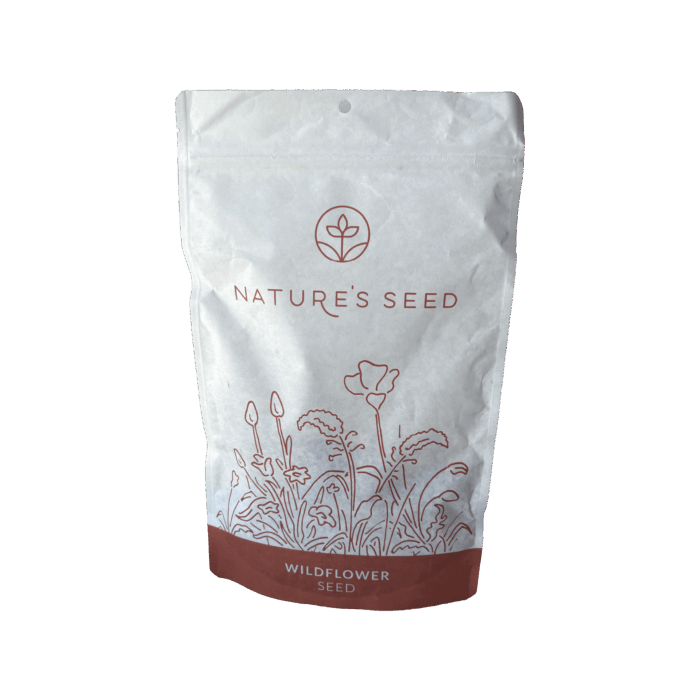
Arroyo Lupine
(4.7) - 145 reviews
$27.19/lb
Wildflower displays, restoration, slope stabilization, pollinator gardens
Southern USDA Regions (8-10), Transitional USDA Regions (6-8)


Blue-eyed Grass
(4.7) - 145 reviews
33.49/lb
Meadow plantings, lawn alternatives, pond edges, rock gardens, open woodlands
Southern USDA Regions (8-10), Transitional USDA Regions (6-8)
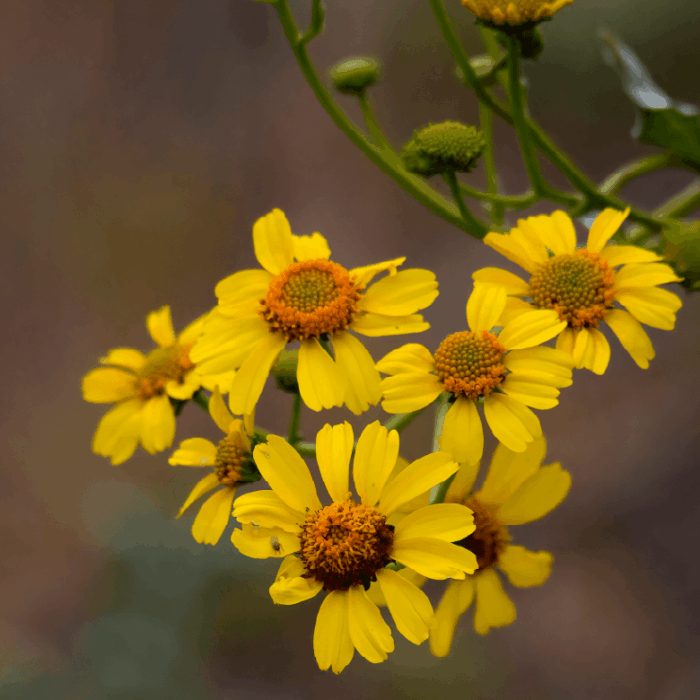

Brittlebush
(4.7) - 145 reviews
$14.49/lb
Desert landscaping, xeriscaping, slope revegetation, pollinator gardens
Southern USDA Regions (8-10), Transitional USDA Regions (6-8)
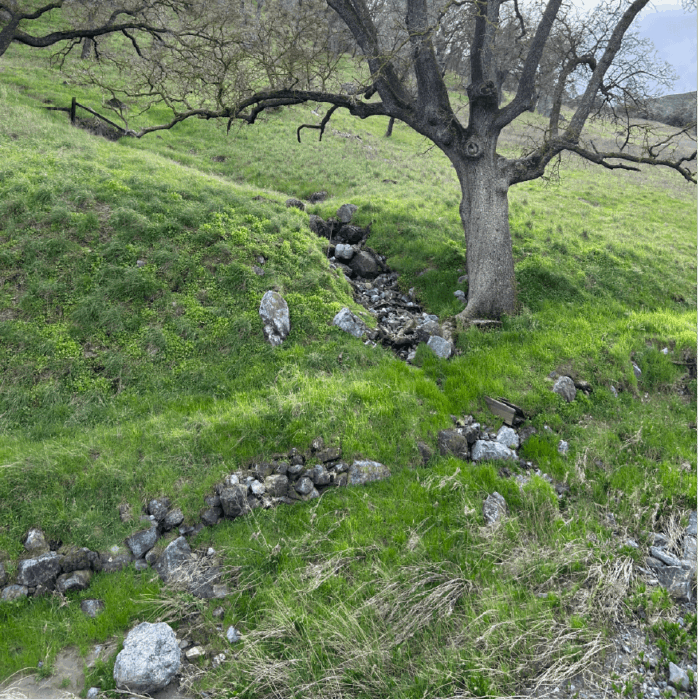
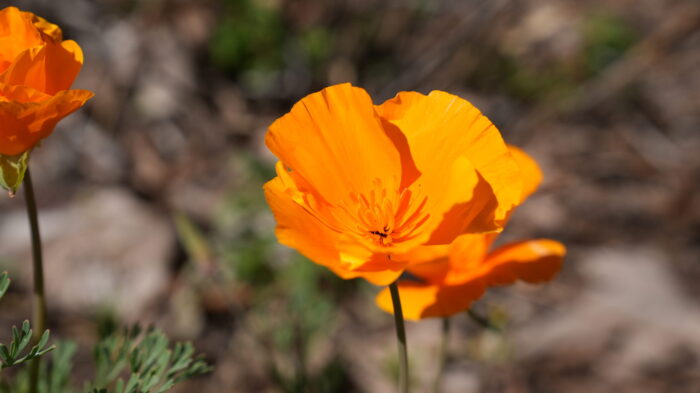
California Native Fire-Wise Mix
(4.7) - 145 reviews
27.25/lb
Defensible space, Post-fire revegetation, Erosion control, Wildlife habitat, Pasture enhancement
Southern USDA Regions (8-10), Transitional USDA Regions (6-8)
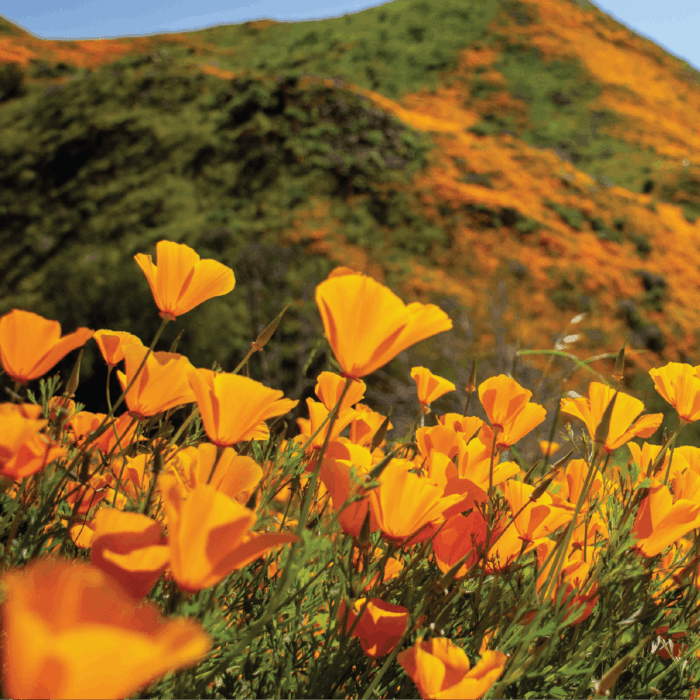

California Poppy
(4.7) - 145 reviews
$101.99/lb
California poppies offers ornamental color, supports pollinators, drought resistance, and minimal maintenance. They’re ideal for creating sunny, low-water wildflower displays.
Southern USDA Regions (8-10), Transitional USDA Regions (6-8)
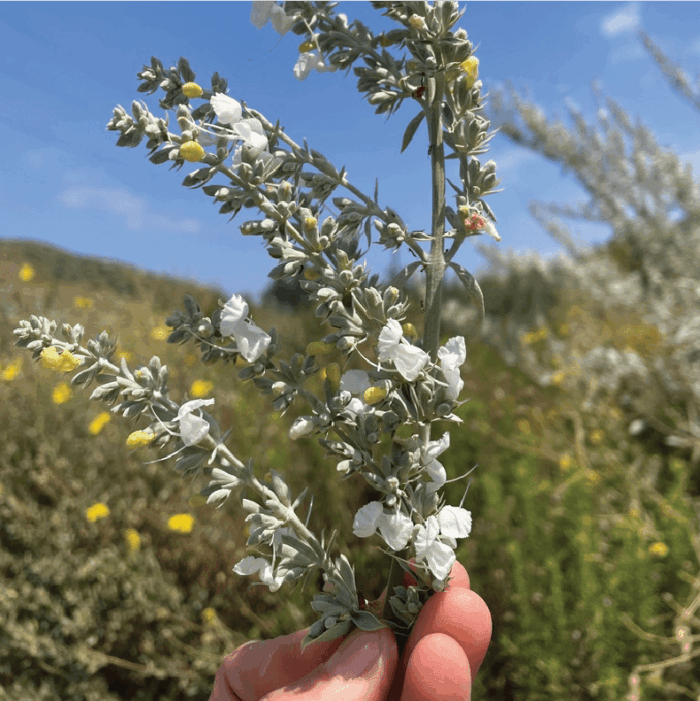

White Sage
(4.7) - 145 reviews
$64.59/lb
Drought-tolerant landscapes, habitat gardens, sensory/herb gardens, dry slopes
